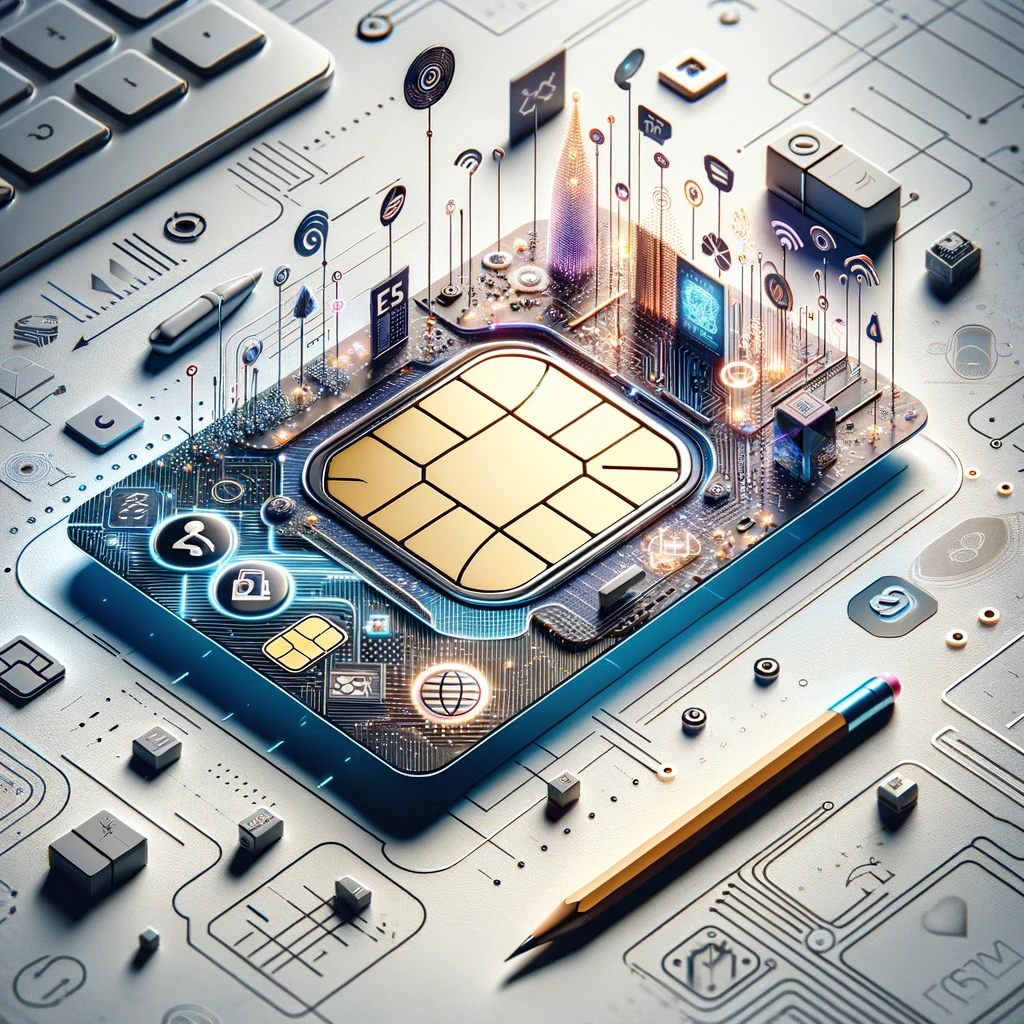What is an IMEI?
An International Mobile Equipment Identity (IMEI) is a unique identification number assigned to every mobile device. It serves as a digital fingerprint for your phone, allowing it to be identified and authenticated by the network.
Why is IMEI Verification Important?
IMEI verification is crucial for several reasons:
- Security: Verifying the IMEI ensures that the device is not stolen or blacklisted. It helps prevent the use of stolen phones and reduces the market for stolen devices.
- Warranty: IMEI verification allows manufacturers and service providers to determine the warranty status of a device. It helps in identifying whether a device is eligible for repairs or replacements under warranty.
- Network Compatibility: Verifying the IMEI helps ensure that a device is compatible with the network it is intended to be used on. It prevents issues such as network connectivity problems or limited functionality.
Verifying IMEI with an eSIM
With the rise of eSIM technology, the process of verifying IMEI has become more streamlined. eSIM, or embedded SIM, is a small chip embedded within a device that allows for remote SIM provisioning. It eliminates the need for a physical SIM card and offers greater flexibility in switching between mobile networks.
To verify the IMEI with an eSIM, follow these steps:
- Access the device settings on your eSIM-enabled device.
- Locate the "About" or "General" section.
- Look for the "IMEI" or "Serial Number" entry.
- Note down the IMEI or Serial Number displayed.
- Visit the official website of your device manufacturer or service provider.
- Find the IMEI verification tool or section.
- Enter the IMEI or Serial Number obtained from your device.
- Click on the "Verify" or "Check" button.
- Wait for the verification process to complete.
- Review the results to confirm the authenticity and status of your device.
Benefits of eSIM-enabled IMEI Verification
Verifying IMEI with an eSIM offers several advantages:
- Convenience: eSIM-enabled devices allow for easy and quick IMEI verification without the need to physically remove or insert a SIM card.
- Remote Access: The verification process can be done remotely, providing flexibility and convenience to users.
- Enhanced Security: eSIM technology enhances the security of IMEI verification by leveraging encryption and authentication mechanisms.
- Future-Proofing: eSIM-enabled devices are compatible with future advancements in mobile technology, ensuring long-term usability and compatibility.
In conclusion, verifying IMEI with an eSIM is essential for security, warranty validation, and network compatibility. With eSIM technology, the process has become more convenient and efficient, offering additional benefits to users. Make sure to follow the steps provided by your device manufacturer or service provider to ensure a smooth and reliable verification process.

